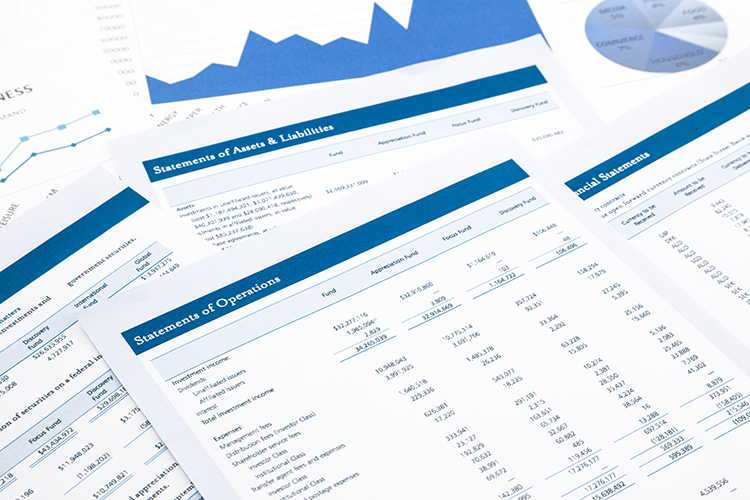
Adding a new member to a family’s dairy farm business requires careful planning and decision making in many areas, and one of the most vital considerations is the financial position of the farm. During a Purdue Commercial AgCast, ag economist Michael Langemeier talked about assessing a farm’s readiness for succession.
“Is there enough liquidity, is there enough solvency, and probably most importantly, is the business profitable enough to compensate someone coming back to the farm?” asked Langemeier, a professor in the department of agricultural economics at Purdue University.
One tool to evaluate the farm’s financial situation is the balance sheet. He said to consider if the liquidity is solid enough to withstand some draw down to pay an additional person on the farm. As for debt, he said to determine if there is the ability to afford more debt if the farm needs to or chooses to expand.
To review farm income, Langemeier said to look over several years, not just one. A good year, like 2021, would not be an accurate picture of the farm’s financial capabilities. He recommended evaluating a five-to-10-year period. “Is the net farm income big enough to support the people on the farm and the people joining?” he asked.
If the current income isn’t enough to support another person, maybe the farm needs to consider expansion, or perhaps the joining teammate also needs off-farm employment. If more debt is taken on by the farm, Langemeier said to evaluate if the farm’s cash flow will be able to pay for the debt and the salaries.
Making these decisions requires a balance sheet, but it must be done right. “It is so important that it is accurate and done at the same time every year,” Langemeier advised.
Another big financial decision is the division of income and determining how much every farm partner gets paid. Langemeier said that in some situations, it may make sense to pay the joining family member a salary rather than making them a full partner in the business right away. This can be beneficial for a few reasons.
One reason is that this person might, for example, have a family that needs a stable income. The person just getting started with the farm would likely not have the assets and strong balance sheet to fall back on that those individuals on the farm might have.
Langemeier said this can also be a trial period to make sure the person truly wants to join the farm. Unfortunately, conflict may arise, or the individual might realize farming is not what they truly want to do. “There is a difference between growing up on a farm and being a partner,” Langemeier said. “Sometimes it is hard for families to shift into those roles, so a transition period is a good idea.”
Once a farm is past this stage, Langemeier is a strong believer in the contribution model when it comes to compensation. This takes into account each person’s effort and assets, such as land and machinery. For example, if one of the partners owns a vast majority of the machinery, they should be compensated for that. “We need to pay for the assets of the older generation,” Langemeier explained.
Finally, when one or more of the partners on the farm can’t earn their full opportunity cost in a salary because the farm can’t afford to pay them that much, it is often said they are earning “sweat equity.” This means that part of their opportunity cost will be in the form of later compensation, perhaps in a larger share of the inheritance. For this to work, though, everyone needs to be on the same page.
“It is so important for the older generation to be very transparent about this plan with the generation coming back to the farm and the off-farm heirs,” Langemeier emphasized.








